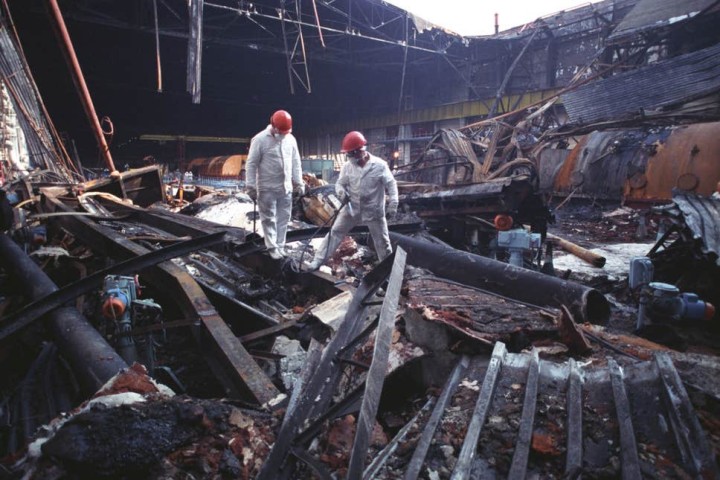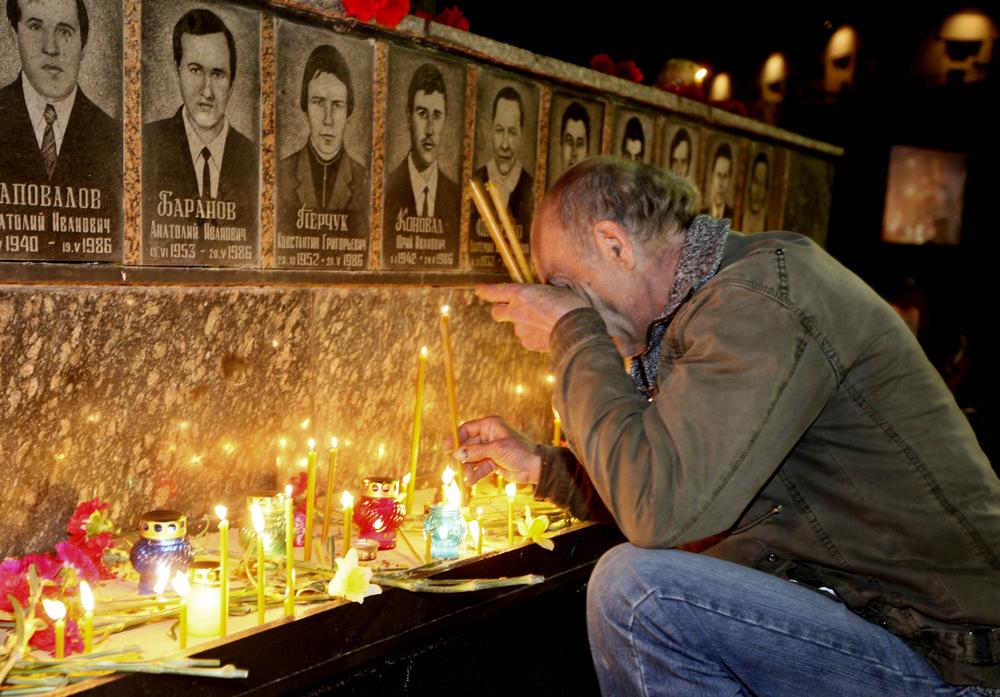While the fire was eventually extinguished, the damage had already been done with radiation spreading across Eastern Europe.
Despite the scale of the disaster, the Soviet government remained tight-lipped and tried to keep matters as quiet as possible.
Radiation spread across Eastern Europe and it was only when it was detected in Sweden that the world discovered what had happened.
It is very likely that thousands of cancer cases reported throughout Europe can be attributed to the Chernobyl disaster.
The 49, 360 residents of Pripyat only knew something was wrong two days after the disaster, when the authorities issued an order to pack up and evacuate.
Many families left their homes and businesses not realising that they would never be able to return.
The area around the power plant was declared unsafe for human habitation and will likely be so for the next 20, 000 years.
There is enough plutonium inside the exploded reactor to poison 100 million people, so the power plant is sealed off in a massive containment structure completed in 2018.
The Chernobyl disaster contributed to the collapse of the Soviet Union, as it cost hundreds of billions of dollars to contain the disaster.
The way the disaster was handled encouraged then General Secretary Mikhail Gorbachev to advocate for a policy of openness, better known as his glasnost policy.
This along with other factors lead to the dissolution of the Soviet Union five years after the disaster.
Today, only selected groups can visit the affected area for a short time, and Pripyat has gained notoriety for its foreboding and unsettling visage.
Pripyat remains a lonely ghost town, and urban explorers still come across abandoned homes waiting longingly for the return of their owners.
On the bright side, with the absence of humans, the area has become an unintentional wildlife preserve, with animals being abundant amidst the ruins of a once bustling town.
There is something poetic about how nature flourishes when undisturbed by human activities.



